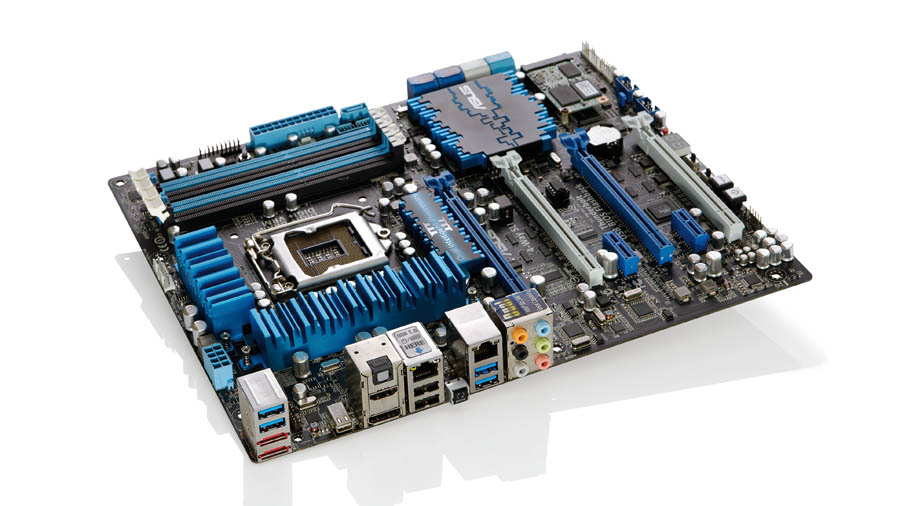TechRadar Verdict
Pros
- +
Great feature set
- +
Four PCIe 3.0 slots
- +
Good OC chops
- +
32GB mSATA SSD
Cons
- -
Single Thunderbolt port
- -
Pricey
Why you can trust TechRadar
The battle between Asus and Gigabyte has traditionally been a heavyweight contest, though in recent years it's become more of a ritualised beating, as the Asus boards have consistently out-punched Gigabyte at every level.
With the release of Intel's Ivy Bridge setup and the Z77 platform, however, Gigabyte has made a dramatic return to form. Now the head-to-head is once more a battle of the giants, and nowhere more so than between the two premium Z77 motherboards we're checking out.
They are both around the £250 mark - a fortune compared to most of the fairly reasonable Z77 boards we've previously tested - and come with more ringing and whistly things than you could shake a thin piece of dead tree at. They also both come with connections for the new Intel/Apple love child, Thunderbolt.
Lightning Thunder
Where the Gigabyte board has a pair of connections for the new interface, this Premium effort from Asus has just a single port on the rear. Still, it shouldn't have trouble rocking triple-screen configurations, with HDMI and full DisplayPort connectors alongside that Thunderbolt socket.
Benchmarks
CPU rendering performance
Cinebench R11.5: Index score: Higher is better
GIGABYTE Z77X-UP5TH: 7.90
ASUS P8Z77-V PREMIUM: 7.97
Gaming performance
Batman: AC: Frames per second: Higher is better
GIGABYTE Z77X-UP5TH: 190
ASUS P8Z77-V PREMIUM: 177
Thunderbolt performance
AS SSD: Megabytes per second: Higher is better
GIGABYTE Z77X-UP5TH: 428
ASUS P8Z77-V PREMIUM: 447
GIGABYTE Z77X-UP5TH: 278
ASUS P8Z77-V PREMIUM: 294
Sign up for breaking news, reviews, opinion, top tech deals, and more.
The Asus board also seems happier running Thunderbolt, as it managed faster data transfer benchmarks in our storage tests. We used a pair of Intel's SSD 330 drives in a RAID 0 array to make best use of the available bandwidth. In both the maximum read/write and sequential read/write tests, the Asus board posted faster results - but not by much.
On the 4K random test though, which is more of an indication of general Windows responsiveness, the Asus board's write speed is 14MB/s higher. That's a big difference in 4K random terms.
Sadly for the Asus board, its usual dominance of gaming benchmarks has been undone by the superior performance of the top-end Gigabyte Z77. It was a similar situation with the Gigabyte Z77X-UD5H, and shows just how much the opposition has caught up.
Usual service is resumed with regards to overclocking though, as this board gave us a solid 4.85GHz clock speed on our i7-3770K. That's only a shade quicker than the Gigabyte's 4.79GHz, but still makes a difference.
Another trick the Asus mobo has up its silicon sleeve is the volume of PCIe 3.0 slots. With four full x16 connections, this board will happily rock the four-way SLI world. Sure, it'll get cramped with four GPUs, but you're only going to be covering the power and reset buttons with the fourth card, and with your chassis closed that makes no difference at all.
It comes with a 32GB mSATA SSD too, allowing you to pair up a traditional hard drive with the speedier SSD to give it a boost. The Gigabyte board has the same slot, but doesn't ship with flash memory for the Smart Response lovin'.
It's a tough call between these Asus and Gigabyte boards. The Asus has a little more in the feature set, but the Gigabyte has excellent gaming performance chops. For the money the Asus is probably better value, but it's a close run thing.
